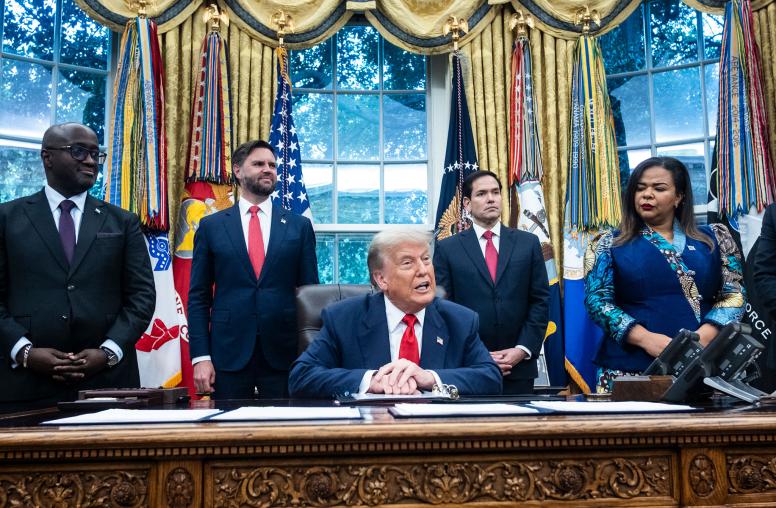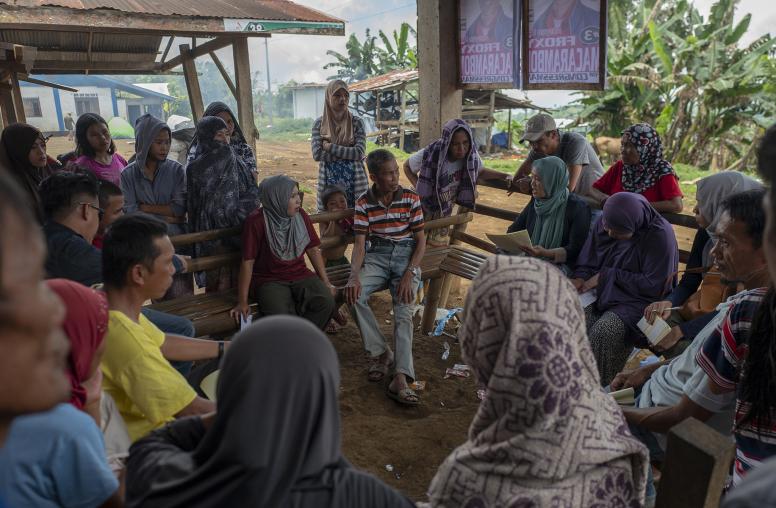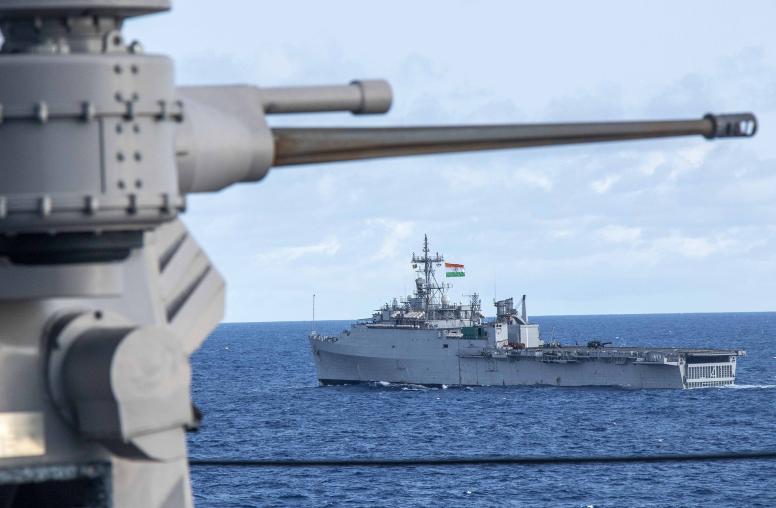Using Special Envoys In High-Stakes Conflict Diplomacy
Special envoys or representatives have been used by nearly every administration to address high-stakes conflicts and to address situations with a degree of attention outside the capacity of the State Department and other regular bureaucratic structures. This report focuses on the issues surrounding the use of special envoys or representatives and how they can be used most effectively.
Summary
- Special envoys or representatives (SE/SRs) have been used by nearly every administration to address high-stakes conflicts. They are most useful when a conflict situation is of major importance to the United States, has strong regional as well as bilateral aspects, and exceeds the State Department’s capacity to address it.
- To be effective, an SE/SR must be recognizably empowered by the president and the secretary of state, have clear mandates, and enjoy a degree of latitude beyond normal bureaucratic restrictions.
- While the secretary of state needs to be actively engaged in the conflict resolution process, the envoy should be sufficiently empowered to ensure that the secretary’s interventions are strategic.
- Chemistry matters: in minimizing tensions between the SE/SR and the relevant State Department regional bureau and with ambassadors in the field, in overcoming State-White House rivalries over policy control, and in mobilizing support of allies. There are no “cookie cutter” solutions to overlapping responsibilities and the envoy’s need for staff and resources; rather, mutual respect and flexibility are key.
- Senior State Department officials have the required skills for assignments as SE/SRs. Enhancing the department’s resources and reinforcing the ranks of senior department positions would increase such appointments and the department’s capacity to support them.
About the Report
This report is based on two group meetings and over twenty individual interviews with current and former envoys and other officials and on their memoirs and published reflections. We consulted envoys who had addressed conflicts involving Northern Ireland, the Balkans, North Korea, the Middle East, Afghanistan, Iraq, Sudan/South Sudan, Liberia, Sierra Leone, and the Democratic Republic of the Congo. Literature review also covered other situations, including Mozambique, Angola, and Sri Lanka. Most interviews were with Americans, although UN, European Union, UK, Norwegian, and Chinese envoys provided further insights. We also drew on an earlier United States Institute of Peace (USIP) study of the use of special envoys and other studies of this diplomatic practice.
About the Authors
Princeton N. Lyman spent forty years in the US diplomatic service. Appointments included deputy assistant secretary of state for African Affairs, ambassador to Nigeria, director of the Bureau for Population and Refugee Affairs, ambassador to South Africa, assistant secretary of state for International Organization Affairs, and presidential special envoy for Sudan and South Sudan. He is currently senior adviser to the president of USIP. Robert M. Beecroft is a career minister-counselor (retired) in the U.S. Foreign Service, with posts across Europe, the Middle East, and Africa. He is also an American Academy of Diplomacy member and chairs the Academy’s program committee. Among other diplomatic assignments, he served at NATO (SHAPE/Belgium) as Deputy Political Advisor to the NATO Supreme Commander; in the Bureau of Political-Military Affairs as Principal Deputy Assistant Secretary; in Amman and Ouagadougou as Deputy Chief of Mission; and twice in Sarajevo – first as Special Envoy for the Bosnian Federation, later as Ambassador and Head of the OSCE Mission in Bosnia and Herzegovina. In 2011, he conducted an in-depth report for the American Academy of Diplomacy on the professional education and training of U.S. Foreign Service Officers.




